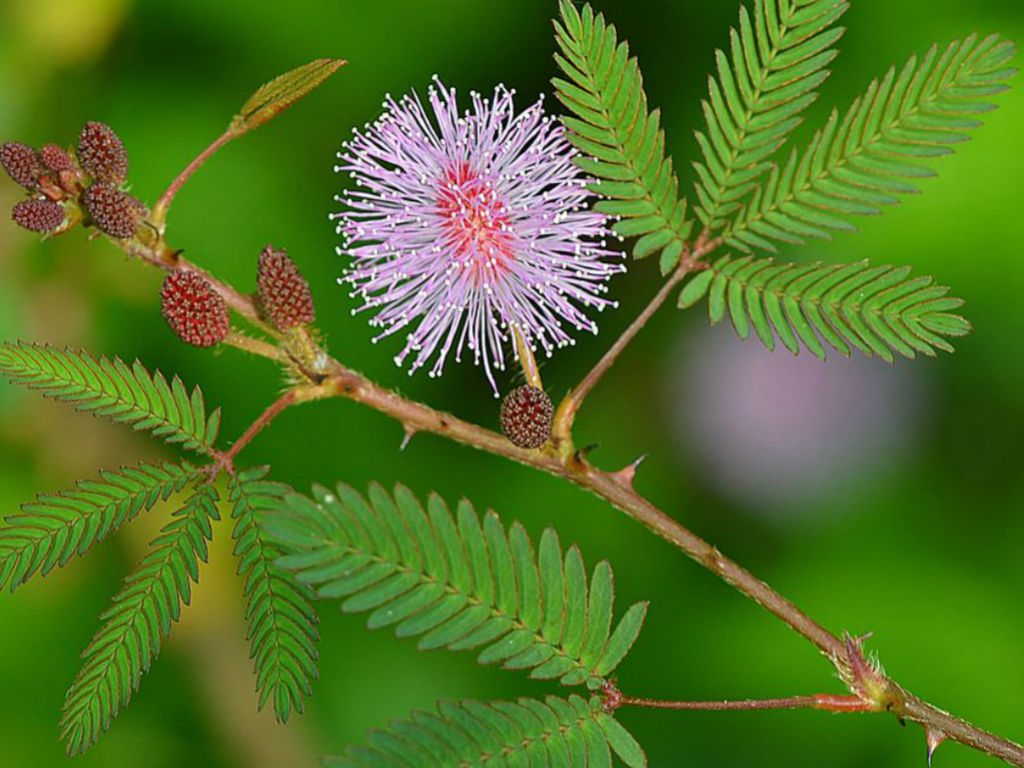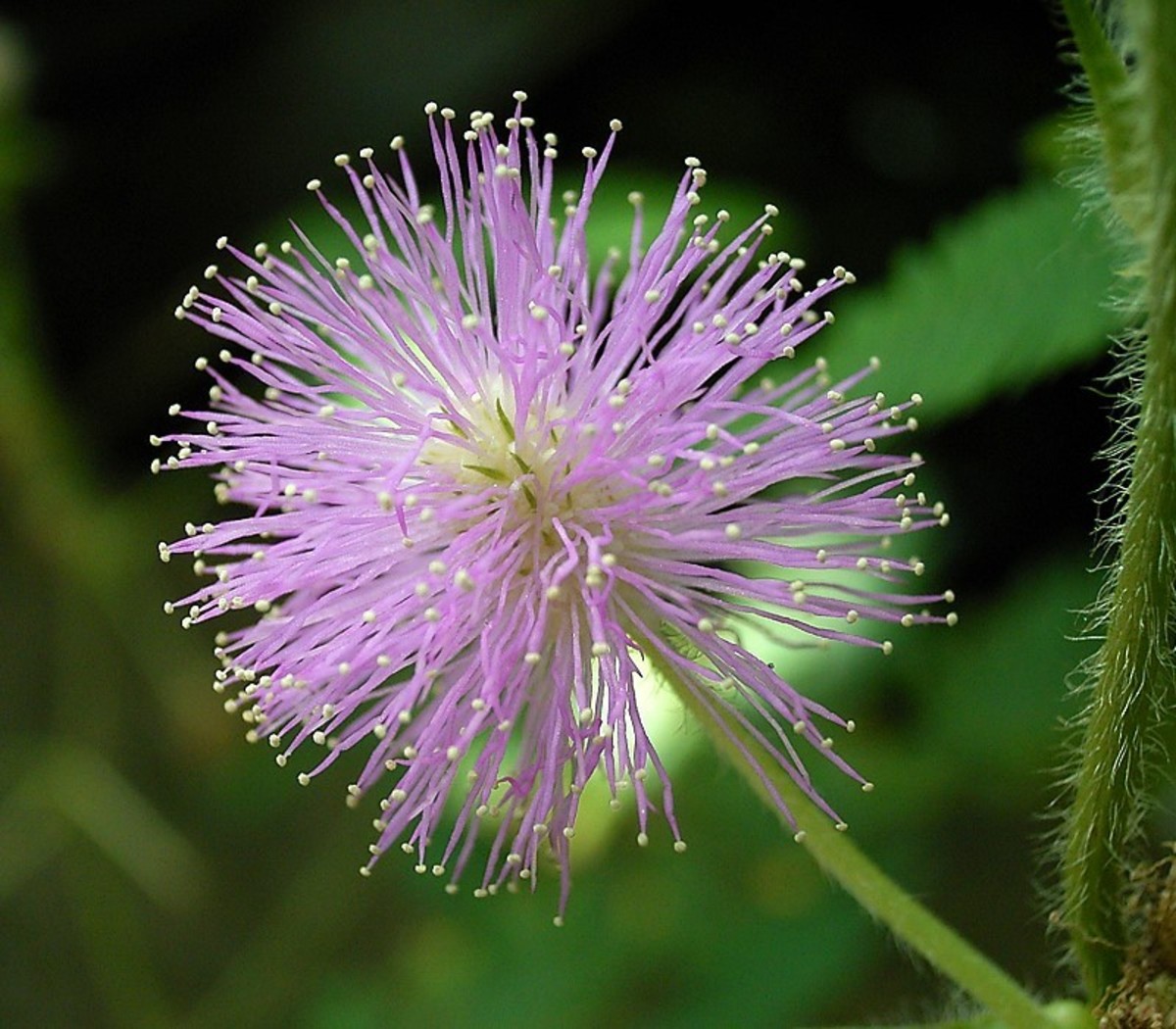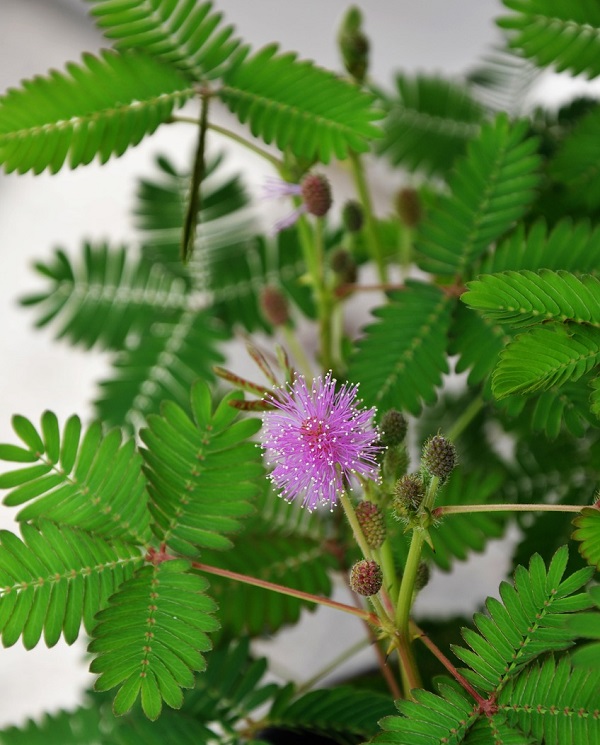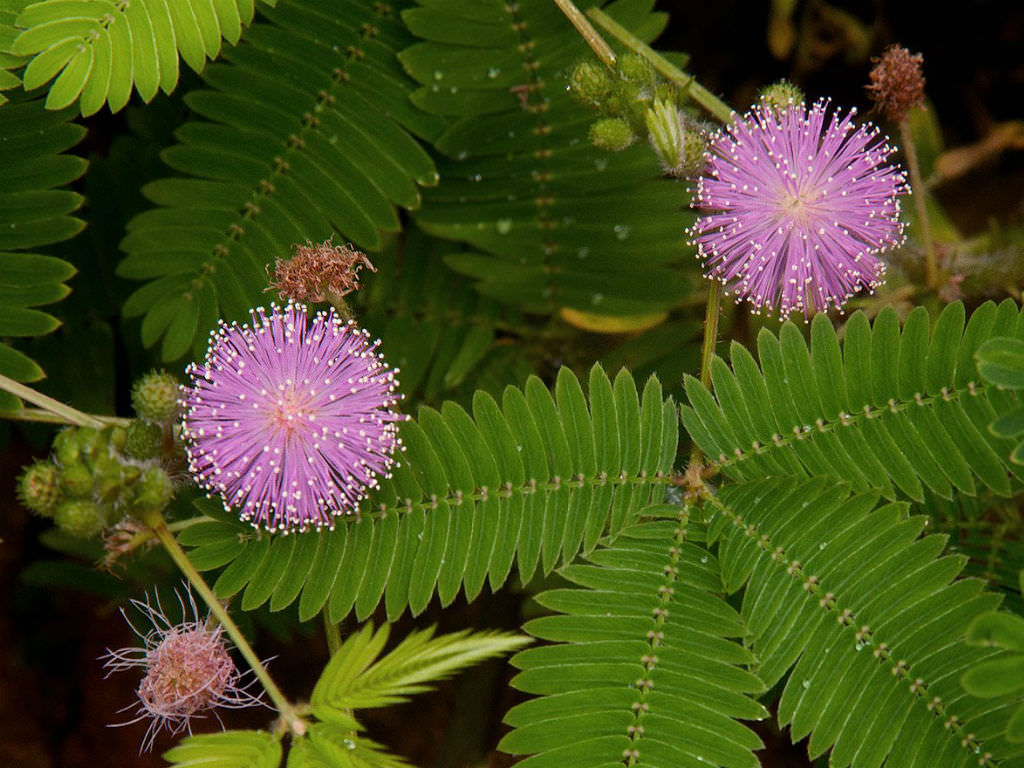Discovering the Magic of Mimosa Pudica
The Mimosa Pudica plant, also known as the touch-me-not plant, is a fascinating specimen that has captivated the attention of botanists and enthusiasts alike. Its unique characteristic of folding its leaves when touched or disturbed has sparked curiosity and wonder. This touch sensitive plant Mimosa Pudica is native to South and Central America, and its compound leaves are made up of 10-20 leaflets that can fold up quickly in response to external stimuli. The Mimosa Pudica’s sensitive nature has led to its widespread use in scientific studies, particularly in the fields of plant physiology and ecology.
How to Care for Your Touch Sensitive Plant
To keep your touch sensitive plant Mimosa Pudica thriving, it’s essential to provide the right conditions. Lighting is a critical factor, and Mimosa Pudica prefers bright, indirect light. Direct sunlight can cause the leaves to become scorched, so it’s best to place the plant near a window with a sheer curtain. Watering is also crucial, and the soil should be kept consistently moist but not waterlogged. The ideal temperature for Mimosa Pudica is between 65-75°F (18-24°C), making it a great addition to indoor spaces. Fertilization is not necessary, but a balanced, water-soluble fertilizer can be used during the growing season to promote healthy growth. By following these simple care guidelines, you can enjoy the fascinating features of your touch sensitive plant Mimosa Pudica.
The Science Behind the Sensitive Leaves
The touch sensitive plant Mimosa Pudica’s remarkable ability to fold its leaves when touched or disturbed is a result of its unique physiology. The plant’s leaves are made up of tiny cells that contain a high concentration of water, known as turgor pressure. When the plant is touched or disturbed, the turgor pressure is reduced, causing the cells to collapse and the leaves to fold. This process is known as “seismonasty” and is a defense mechanism that helps the plant protect itself from predators and harsh environmental conditions. Additionally, the plant’s sensitive leaves are also thought to be an adaptation to conserve energy and water, as the folded leaves reduce the surface area exposed to the environment. This fascinating feature of the touch sensitive plant Mimosa Pudica has captivated scientists and botanists, who continue to study its unique characteristics and behaviors.
Mimosa Pudica in Traditional Medicine
The touch sensitive plant Mimosa Pudica has been used for centuries in traditional medicine, particularly in Ayurvedic and Unani practices. The plant’s leaves, stems, and roots are rich in bioactive compounds, including alkaloids, flavonoids, and terpenoids, which are responsible for its medicinal properties. Mimosa Pudica has been traditionally used to treat a range of ailments, including fever, rheumatism, and skin conditions. Its anti-inflammatory and antiseptic properties make it an effective remedy for wound healing and skin infections. In addition, the plant’s antioxidant properties have been shown to have a protective effect against certain diseases, such as cancer and diabetes. In some cultures, Mimosa Pudica is also used as a natural remedy for anxiety and stress, due to its calming effects on the nervous system. The versatility of Mimosa Pudica in traditional medicine is a testament to the plant’s remarkable properties and its potential to provide natural remedies for various health conditions.
Interesting Facts About the Touch Sensitive Plant
Beyond its fascinating ability to fold its leaves, the touch sensitive plant Mimosa Pudica has several other intriguing features. One of the most remarkable is its ability to “sleep” at night, where the leaves fold up and the stems droop, only to reopen and straighten again in the morning. This unique behavior is known as nyctropism. Additionally, Mimosa Pudica has a unique seed dispersal mechanism, where the seeds are expelled from the plant when the leaves are touched or disturbed, allowing the plant to propagate quickly. The touch sensitive plant Mimosa Pudica is also a fast-growing plant, capable of growing up to 6 inches in just a few days. Furthermore, it has a complex root system, with roots that can extend up to 10 feet deep, allowing it to thrive in a variety of environments. These interesting facts about the touch sensitive plant Mimosa Pudica highlight the plant’s remarkable adaptability and unique characteristics, making it a fascinating subject for study and observation.
Growing Mimosa Pudica Indoors and Outdoors
With its unique characteristics and adaptability, the touch sensitive plant Mimosa Pudica can thrive in a variety of environments. When growing Mimosa Pudica indoors, it’s essential to provide bright, indirect light, and maintain a consistent temperature between 65-75°F (18-24°C). Watering should be done carefully, as the plant is sensitive to overwatering. A well-draining potting mix and a pot with good drainage holes can help prevent waterlogged soil. Outdoor gardens can also provide an ideal environment for Mimosa Pudica, as long as the soil is well-draining and the plant is protected from extreme temperatures and direct sunlight. In warmer climates, Mimosa Pudica can be grown as a perennial, while in cooler climates, it can be grown as an annual. Regardless of the environment, the touch sensitive plant Mimosa Pudica requires minimal maintenance and care, making it an excellent choice for gardeners of all skill levels.
The Symbolism and Cultural Significance of Mimosa Pudica
In many cultures, the touch sensitive plant Mimosa Pudica has been imbued with symbolic meanings and significance. In Hindu mythology, Mimosa Pudica is associated with the goddess of love, Lakshmi, and is said to represent modesty and humility. In some African cultures, the plant is believed to have spiritual powers, and is used in rituals to ward off evil spirits. In traditional Chinese medicine, Mimosa Pudica is considered a symbol of longevity and good fortune. The plant’s unique ability to fold its leaves when touched has also led to its association with shyness and sensitivity. In addition, the touch sensitive plant Mimosa Pudica has been used as a symbol of love and affection in various cultures, with its delicate leaves and stems representing the fragility and beauty of human relationships. Overall, the cultural and symbolic significance of Mimosa Pudica highlights the plant’s importance as a symbol of human emotions and experiences.
Conclusion: The Wonders of the Touch Sensitive Plant
In conclusion, the touch sensitive plant Mimosa Pudica is a fascinating and unique species that has captured the imagination of people around the world. From its ability to fold its leaves when touched to its traditional medicinal uses, Mimosa Pudica is a plant that continues to inspire and intrigue. Whether grown indoors or outdoors, the touch sensitive plant Mimosa Pudica requires minimal maintenance and care, making it an excellent choice for gardeners of all skill levels. With its rich cultural and symbolic significance, Mimosa Pudica is more than just a plant – it’s a symbol of love, modesty, and human emotions. As we continue to learn more about this incredible plant, we are reminded of the wonders and mysteries of the natural world. The touch sensitive plant Mimosa Pudica is a true marvel of nature, and one that is sure to captivate and inspire for generations to come.







/mimosa-pudica-plant-profile-5072410_03-775a86b004bc46879d07487646318ecd.jpg)

